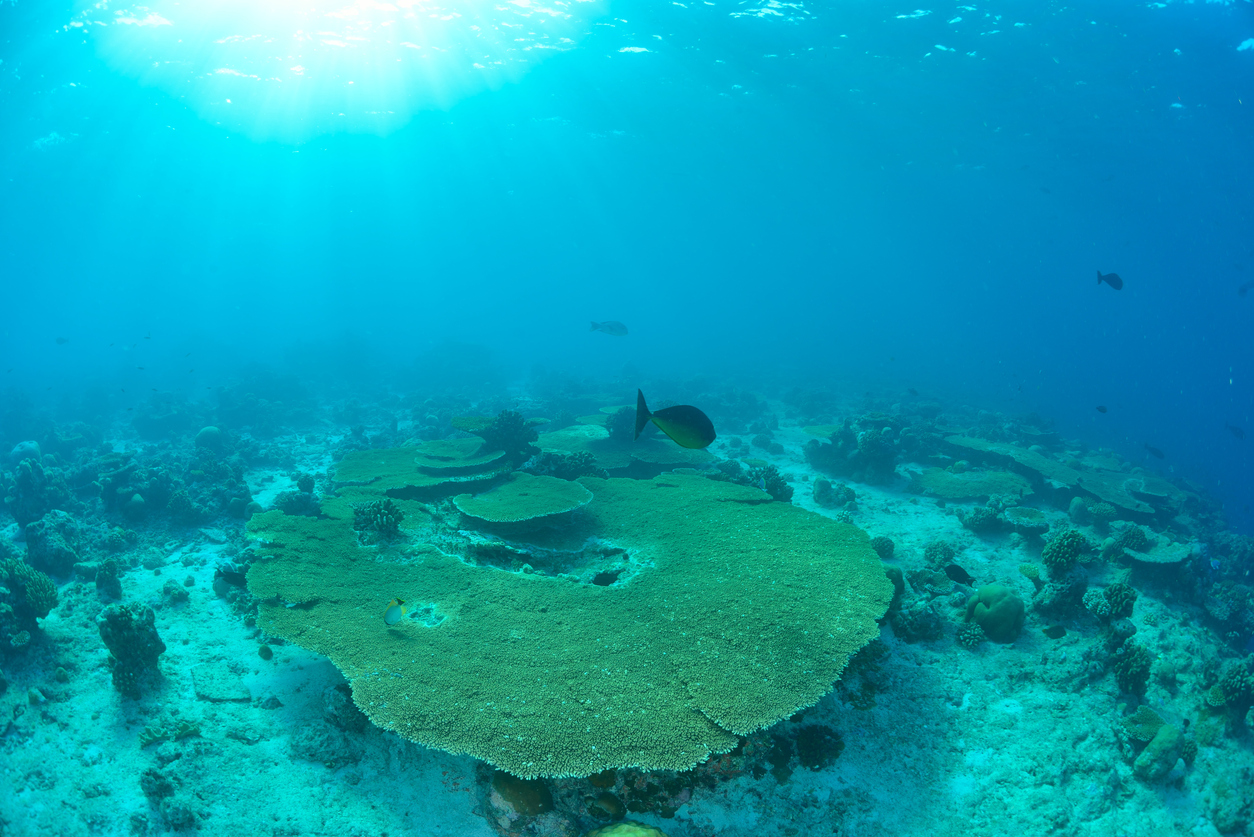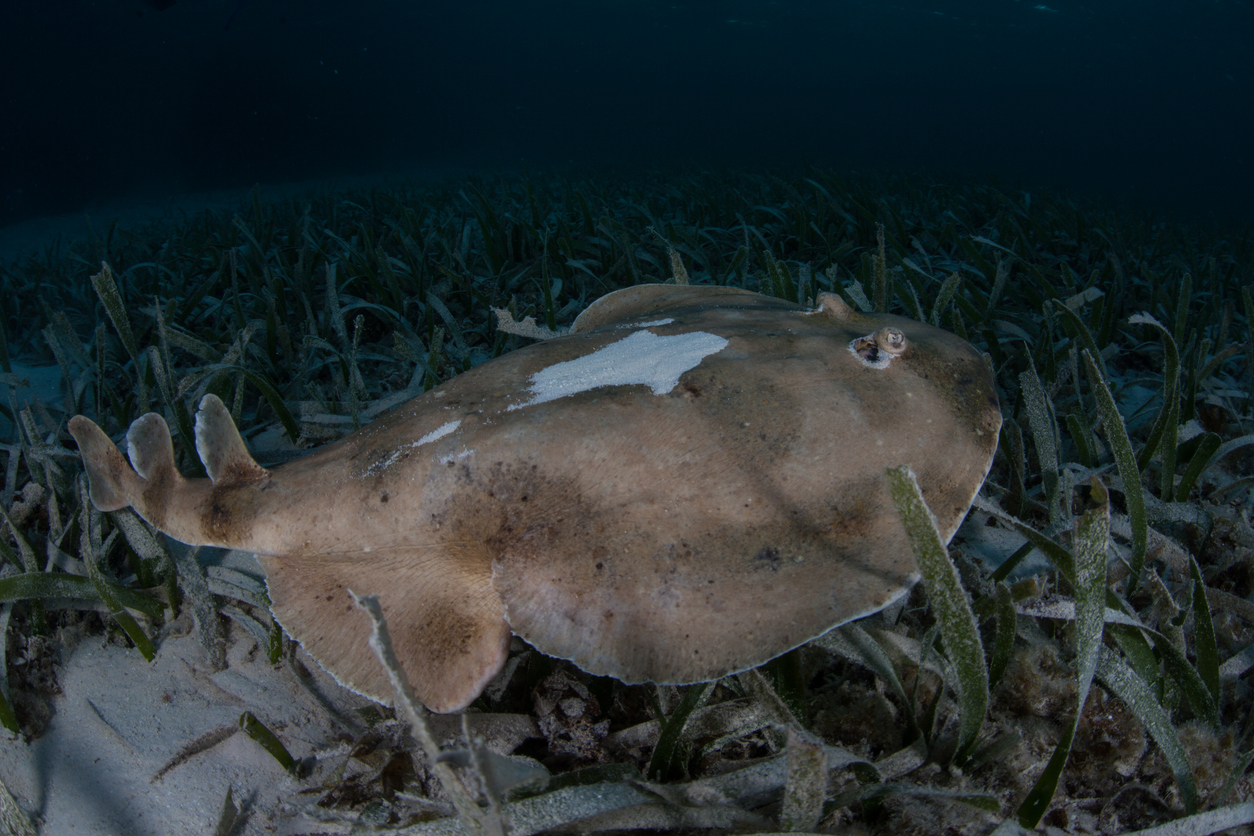Belize’s Great Blue Hole is one of the most fascinating natural formations in the world. This massive underwater sinkhole lies off the coast of Belize in the Caribbean Sea and is part of the larger Barrier Reef Reserve System, a UNESCO World Heritage site. For scuba divers, marine biologists, and adventurers alike, the Great Blue Hole offers an unforgettable experience unlike anywhere else on the planet.
What Exactly is the Great Blue Hole Belize?
The Great Blue Hole is an enormous submarine sinkhole located near the centre of the Lighthouse Reef, approximately 60 miles off the mainland of Belize. It lies within the Lighthouse Reef Atoll, one of four atolls within the Great Barrier Reef Reserve. The hole itself is a stunning 984 feet across and 407 feet deep, large enough to engulf the entire Statue of Liberty. It is visually recognisable from the air as a deep, dark blue circle contrasting sharply with the lighter teal shallows of the reef surrounding it. The hole has perfectly straight sides and nearly circular symmetry, giving it an almost unearthly, geometrical appearance. On the water’s surface, its enormous size is less apparent, but its incredible depth becomes readily apparent upon diving down into its impossibly blue depths. The sheer size and depth of the Great Big Blue Hole make it the largest natural formation of its kind in the world. It is unmatched in scale and breathtaking to behold in person. The enormity of the hole against the vast expanse of the surrounding reef gives one a true sense of the majesty and power of nature.
The Fascinating Process Behind the Formation of this Natural Wonder
The Great Blue Hole formed during past ice ages when the sea level was much lower. As the ocean began to rise again, the caves became submerged and eventually collapsed, creating the enormous vertical cave system we see today. Scientists believe that the formation originally began between 153,000 and 159,000 years ago during the Pleistocene epoch. As the ocean receded during this era, it exposed calcareous rock on the seafloor. Rainwater gradually eroded the exposed limestone, carving out underwater caves and caverns. This process is known as cave karstification.
Once the ocean levels began to rise again, the upper parts of the caves flooded, leaving the lower passages completely submerged and creating the vertical cave structure. The roofs of many of these underwater caverns eventually collapsed due to water erosion and instability, opening the caves to the sea and creating blue holes. This likely took place during the Holocene roughly 10,000 years ago. The holes become blue due to the incredible depth and purity of the water, absorbing the longer wavelengths of sunlight and emitting only the shorter blue wavelengths. The carbonate rock leaches very little nutrients into the water, keeping visibility very high despite its substantial depth.
The Abundant and Diverse Marine Life of this Underwater Ecosystem
Despite the vertical nature and depths of the Blue Hole, a surprising diversity of marine life inhabits its clear waters. The hole acts as an oasis by gathering nutrients that flow in from the surrounding reef system. Sponges, soft and hard corals, tunicates, and other filter feeders flourish on its limestone walls. Mangrove roots dangle from above, while stalactites and limestone pillars loom up from below. Fish life is incredibly varied, with species occupying ecological niches at different depths in the light water column. Close to the surface, blackbar soldierfish, Bermuda chubs, and bigeye snappers are found hunting smaller fish. Deeper down, angelfish, butterflyfish, and parrotfish gather around coral outcroppings. Near the very bottom, midnight parrotfish and other deepwater species forage in the impenetrable depths. Sharks are also common visitors to the richer waters of the Blue Hole. Caribbean reef sharks and blacktip reef sharks ply the outer rim walls, while nurse sharks lay motionless near the sea floor. Several other species have been identified as well, including lemon sharks, hammerheads, and the occasional bullshark. Rare deep-diving mammals like beaked whales and short-finned pilot whales sometimes venture into its depths. While less documented, the caves and overhangs along the walls likely support unique cave-adapted invertebrate species like remipede crustaceans and isopods. The Hole’s vertical nature creates distinct ecological zones, adding to the diversity of its strange underwater environment.
Exploring Belize’s Great Blue Hole through Scuba Diving
Scuba diving in the Great Big Blue Hole ranks as one of the most coveted adventures in the diving world. The sheer size of the sinkhole, the startling visibility of its waters, and the abundance of sharks make for an unforgettable experience. The most popular dive sites are along the sheer limestone walls of the hole. Here divers can explore enormous stalactites, limestone crevices and caverns, and stare down into the dizzying depths. The walls are festooned with vibrant sponges, corals, and tunicates that provide food and shelter to darting reef fish. Schooling midnight parrotfish graze the coral here, unfazed by passing divers. The lips of the hole dropping down into the abyss are particularly stunning. Brave divers can gradually descend into the dimming light and cooler waters. Peering over these edges into the blue void is both thrilling and unnerving. Few recreational divers exceed 130 feet in depth for safety, yet the hole’s bottom lies over 250 feet below. While casual diving into the hole is enthralling, technical diving into its deeper depths requires extensive training, planning, equipment and local knowledge. Special gas mixes, decompression planning, and multiple tanks are mandatory for deep-hole exploration. Even world-class divers have perished pushing too far into its stygian depths. Deep cave penetration here remains the realm of experts only. Yet the Hole’s shallower fringes offer excitement enough for most divers. The opportunity to dive in this remote underwater location and experience its unique vertical seascape is reason enough, drawing avid scuba divers from around the world.
The Rich Wildlife Above Water at Lighthouse Reef Atoll
While the Great Blue Hole centres on diving, Lighthouse Reef Atoll offers fantastic wildlife experiences above the waves as well. The reef is known for its abundance of tropical seabirds, especially nesting species. Red-footed boobies and frigate birds breed here in sizable colonies. The male frigate birds inflate their huge red-throat pouches to impressive dimensions during mating season, an unforgettable sight. Both Lighthouse and Half Moon Caye have trails winding through mangrove forests and along the shores. Here herons, egrets, and other waterbirds forage for fish amidst the arching roots as brown pelicans dive-bomb the shallows offshore. Iguanas rustle through the branches while several geckos and anole lizard species lurk near trails.
Dolphins frequently appear around boats or directly off the shores, playing and fishing or escorting swimmers. Humpback whales pass nearby during migrations, sometimes breaching fully out of the water. Several turtle species inhabit the reef’s lagoon, particularly hawksbills and loggerheads. While shy, green and occasional leatherback sea turtles do make appearances. With both diving and wildlife, Lighthouse Reef rewards visitors with the rich biodiversity of its varied habitats. The remote location combines with protected status to create an abundance of less disturbed ecosystems rarely achieved.
Travelling to Lighthouse Reef Atoll and the Great Blue Hole
Reaching Lighthouse Reef Atoll and its crown jewel, the Great Blue Hole, rewards travellers with a true expedition to an unspoiled natural wonder. But its remoteness 60 miles offshore also necessitates logistical planning. Travellers have two options for reaching the atolls – by liveaboard dive boat or by flight and boat from Belize City. The most relaxing method is booking a passage on a liveaboard dive boat. These boats allow you to stay directly on the reef, diving the Blue Hole and surrounding sites with ease. Trips range from 3 to 7 nights, with both diving and snorkelling opportunities. Experienced divers gain plenty of bottom time, while beginners can try a shallow introductory dive.
For those short on time or with tighter budgets, day trips flying out from Belize City are the most affordable option. Flights take 45 minutes one way to the Lighthouse Reef airstrip on Half Moon Caye. Boat transfers take you the remaining distance to dive sites. Some trips combine the Blue Hole and aquarium-like coral walls along The Aquarium dive site. No matter how you reach this natural wonder, gazing down into the planet’s largest marine sinkhole is an experience like no other. Yet an appreciation of the entire atoll ecosystem is equally rewarding. A trip to Belize’s Great Blue Hole offers divers, nature lovers, and adventurers alike an unforgettable voyage to one of the most remote and well-protected marine environments remaining worldwide.
Preserving the Great Blue Hole and Lighthouse Reef Atoll Ecosystem
The very remoteness of Lighthouse Reef that makes it so rewarding to visit also assists conservation efforts significantly. Yet without proper management, even remote locations like this can degrade over time. Some current efforts help protect and preserve the reef ecosystem:
- Government Protection - Belize declared the Lighthouse Reef system a natural monument in 2000 and further protected it as a UNESCO World Heritage Site in 1996. These designations prohibit any extractive uses and limits visitation and tourism.
- Anchoring Restrictions - Anchoring on the reef has been prohibited to prevent coral damage from chains and ropes. Buoys mark safe locations for tie-ups.
- Chumming Bans - Chumming to attract sharks for dives has been banned to prevent altering shark behaviour through associating divers with food. This keeps interactions natural.
- Catch-and-Release Fishing - Reef fishing has been converted to entirely catch-and-release. This fosters fish populations while allowing responsible angling.
- Limits on Diver and Visitor Numbers - Stringent limits on daily diver and tourist numbers prevent overcrowding and minimise reef impacts.
- Waste Treatment - Liveaboard boats are required to have onboard waste treatment systems to avoid any sewage pollution while on the reef.
Adhering to protected area rules and sustainable diving practices is vital for preserving the fragile ecology of Lighthouse Reef. The conservation efforts allow the public to responsibly experience this wonder while safeguarding it for future generations. With wise stewardship, the vibrant corals, clear waters, and intriguing wildlife of the Blue Hole and Lighthouse Reef can persist as an untouched underwater ecosystem.

Let us know you agree to cookies
We use marketing, analytical and functional cookies as well as similar technologies to give you the best experience. Third parties, including social media platforms, often place tracking cookies on our site to show you personalised adverts outside of our website.
We store your cookie preferences for two years and you can edit your preferences via ‘manage cookies’ or through the cookie policy at the bottom of every page. For more information, please see our cookie policy.







